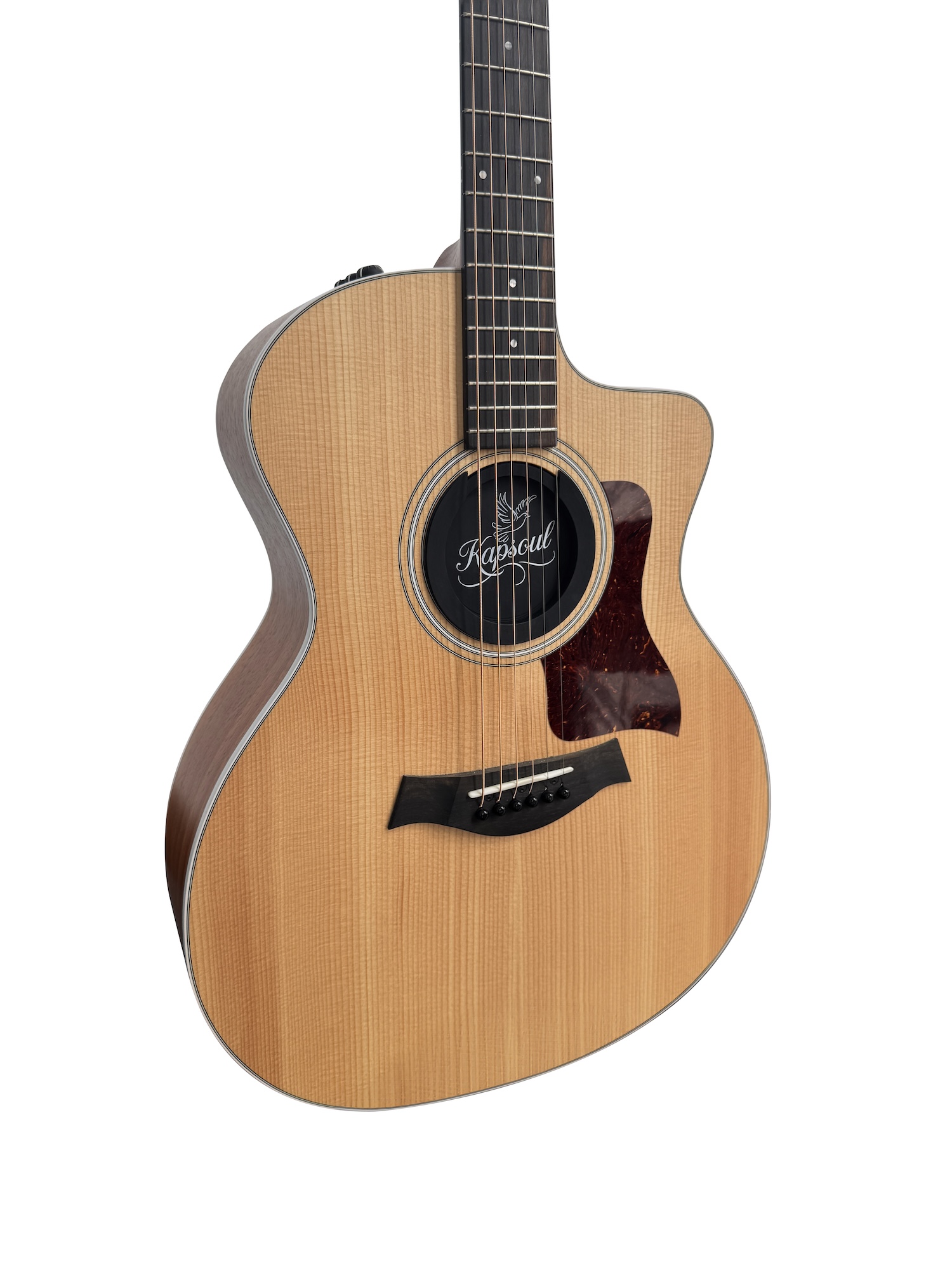Throughout human history, the need to honor and remember those we’ve lost has driven some of our most profound artistic expressions. From ancient cave paintings depicting fallen hunters to modern digital tributes, art and music have served as bridges between the living and the dead. This deep-rooted tradition continues to evolve, with contemporary innovations like KapSoul offering guitarists new ways to carry their loved ones’ presence into their musical practice. Among these innovations, musical instrument urns provide unique options for those wishing to celebrate a musician’s legacy.
The relationship between memory, loss, and creative expression runs through every culture and civilization. Understanding this rich history helps us appreciate how modern memorial practices—including the integration of ashes into musical instruments—represent natural progressions of humanity’s oldest impulses to preserve connection through art.
Ancient Foundations of Memorial Art
Archaeological evidence reveals that humans have been creating memorial art for over 40,000 years. The earliest examples include burial paintings in Paleolithic caves, where artists depicted deceased community members alongside animals and hunting scenes. These weren’t mere decorations—they were spiritual technologies designed to maintain connection with the departed.
Ancient Egyptian civilization elevated memorial art to unprecedented heights. The elaborate tomb paintings, sculptures, and musical instruments placed in burial chambers served specific purposes: ensuring the deceased could continue their earthly activities in the afterlife. Musicians played harps, lyres, and flutes during funeral processions, believing music could guide souls through their transition.
Greek and Roman cultures developed sophisticated memorial practices combining visual art with musical elements. Greek tragic plays often commemorated fallen heroes, while Roman funeral songs called “nenia” helped mourners process grief collectively. These cultures understood that art and music could transform individual loss into shared meaning.
Medieval and Renaissance Memorial Traditions
The medieval period saw the rise of elaborate memorial music within Christian traditions. Gregorian chants, requiem masses, and illuminated manuscripts created immersive experiences that honored the dead while comforting the living. Monastery scribes spent months creating ornate memorial books, combining visual artistry with sacred texts.
During the Renaissance, commissioned memorial portraits became status symbols among wealthy families. These paintings often included symbolic elements—wilted flowers for mortality, musical instruments for the subject’s earthly pleasures, or books representing their intellectual legacy. Musicians composed complex polyphonic works for funeral services, creating sonic monuments as enduring as stone sculptures.
The development of printing during this era democratized memorial practices. Families could afford printed memorial cards, sheet music for funeral songs, and illustrated prayer books. This accessibility transformed memorial art from elite privilege to universal human practice.
Key Historical Milestones in Memorial Art and Music
Throughout history, several developments fundamentally changed how we memorialize loved ones through creative expression:
- 3000 BCE: Ancient Egyptians begin including musical instruments in tombs for afterlife entertainment
- 800 BCE: Homer’s epic poems establish literary memorialization traditions in Western culture
- 400 CE: Early Christian requiem masses combine music, visual art, and ritual for comprehensive memorial experiences
- 1400s: Renaissance portrait painting creates permanent visual monuments for wealthy families
- 1800s: Photography revolutionizes memorial practices, making visual remembrance accessible to all social classes
- 1900s: Audio recording technology preserves voices and musical performances of the deceased
- 1960s: Contemporary art movements begin incorporating actual remains into artistic works
- 2000s: Digital memorial platforms emerge, combining traditional and technological approaches
- 2020s: Products like KapSoul integrate physical remains into functional artistic objects
The Romantic Era and Emotional Expression
The Romantic period of the 18th and 19th centuries revolutionized memorial music by emphasizing emotional authenticity over formal structure. Composers like Chopin, Brahms, and Mahler created deeply personal memorial works that expressed raw grief rather than religious consolation.
This shift coincided with changing attitudes toward death and remembrance. Instead of focusing solely on spiritual salvation, memorial art began celebrating individual personality and emotional connection. Portrait photography emerged during this period, making visual memorialization affordable for middle-class families.
Folk traditions also flourished during the Romantic era. Celtic keening, African American spirituals, and Mexican Day of the Dead celebrations demonstrated how different cultures used music and art to maintain connections with ancestors. These traditions emphasized ongoing relationships with the deceased rather than final farewells.
Twentieth Century Innovations
The 20th century brought unprecedented technological advances that transformed memorial practices. Audio recording allowed families to preserve loved ones’ voices, while film captured their movements and expressions. These technologies created new possibilities for memorial art.
Contemporary artists began incorporating unconventional materials into memorial works. Some mixed cremation ashes into paint pigments, while others embedded remains in sculptural materials. These practices challenged traditional boundaries between art object and human remains.
The folk music revival of the 1960s sparked renewed interest in memorial songs. Artists like Bob Dylan, Joan Baez, and Johnny Cash created powerful musical tributes that reached massive audiences. The guitar became central to this movement, with its portability and emotional resonance making it ideal for personal memorial expressions.
Modern Digital and Physical Integration
Today’s memorial practices blend digital innovation with traditional artistic approaches. Online memorial platforms allow global sharing of tribute videos, digital scrapbooks, and collaborative musical performances. Social media has transformed how we collectively process loss and celebrate memories.
Physical memorial art continues evolving alongside digital practices. Artists now create memorial jewelry from cremation ashes, incorporate remains into glass sculptures, and develop innovative ways to transform loss into beauty. The guitar community has embraced these innovations with particular enthusiasm.
KapSoul: A Contemporary Memorial Innovation

Within this rich historical context, KapSoul represents a natural evolution of memorial art traditions. This specially designed soundhole cover for acoustic guitars accommodates 4-inch diameter sound holes—the standard for most steel-string instruments—and securely contains up to 8 ounces of a loved one’s ashes within its PPH (Polypropylene Homopolymer) interior lining.
The concept connects directly to ancient practices of placing musical instruments in burial sites and medieval traditions of incorporating personal objects into memorial art. However, KapSoul creates something entirely new: a functional memorial that actively participates in ongoing musical expression rather than remaining static.
When guitarists play with KapSoul installed, they’re continuing conversations with deceased loved ones through vibration and sound. Each chord progression, fingerpicking pattern, and rhythmic strum moves through the space where their loved one rests, creating a physical manifestation of continuing bonds.
The included scooper facilitates respectful placement of ashes, acknowledging the emotional weight of this process. This thoughtful design element reflects understanding that memorial creation should be dignified and meaningful, continuing traditions established by ancient civilizations.
Cultural Impact and Community Building
KapSoul has sparked new forms of musical memorial practice within guitar communities. Players organize memorial jam sessions where multiple KapSoul guitars create ensemble pieces honoring the deceased. These gatherings combine individual grief processing with collective celebration of life.
Online communities have emerged around KapSoul experiences, providing support networks for grieving musicians. Members share compositions written for their memorial guitars, discuss emotional challenges of playing with loved ones’ remains present, and offer advice for integrating KapSoul into regular practice routines.
The Future of Memorial Art and Music
Contemporary memorial practices suggest we’re entering an era of unprecedented personalization and integration. Rather than creating separate memorial objects, we’re incorporating remembrance into daily life activities. KapSoul exemplifies this trend by transforming routine guitar practice into memorial ritual.
Emerging technologies will likely expand these possibilities further. Virtual reality memorial experiences, AI-generated musical tributes based on deceased individuals’ preferences, and bioengineered memorial objects represent potential future developments.
However, the fundamental human need driving these innovations remains constant: the desire to maintain meaningful connections with those we’ve lost while processing our grief through creative expression.

Conclusion: Honoring Tradition Through Innovation
The history of memorializing loved ones through art and music reveals consistent themes across cultures and centuries. Humans have always sought ways to transform loss into beauty, preserve connection beyond physical death, and process grief through creative expression.
KapSoul continues this ancient tradition while addressing modern needs for personalization and ongoing relationship with the deceased. By integrating memorial presence into active musical practice, it creates new possibilities for healing, connection, and artistic expression that honor both historical precedent and contemporary innovation.
Understanding this rich heritage helps us appreciate memorial practices not as morbid obsessions, but as fundamental expressions of love, creativity, and the human need to find meaning in loss.
